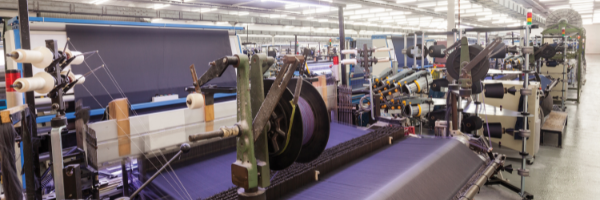

In the last five years, the textile market in Bangladesh has grown from $5 billion to $9 billion, a growth of 80%. This growth is due to the rapidly expanding RMG export market and increasing consumption from middle-income people of Bangladesh.
Growth was achieved through local manufacturers cutting reliance on exporting fabrics. Furthermore, entrepreneurs have installed higher cost machinery to increase production efficiency. Currently, textile items such as saris, lungis, handloom-made towels, fabrics of salwar kameez, panjabi, shirts, trousers, bedsheets and curtains are produced locally.
According to experts, women are consuming 40 metres of fabrics a year, which was 30 metres five years ago. Comparatively, for a male consumer, it stands at 25 metres, up from 15 metres previously.
Currently, 300 spinning mills, more than 10,000 small, medium and large weaving units and 1,200 dyeing mills are producing textile and fabrics to meet the local demand.
During Eid-ul-Fitr, more than $2 billion worth of textile and fabric was sold. This is the main sales season for local manufacturers. Another major sales season is Pahela Baishakh. In the days leading to this season, local manufacturers sell textile and fabric worth $1 billion. These two massive sales times were severely impacted during the two years of Covid-19. The rebound of local economy post covid has revitalized this industry and manufacturers are getting increased sales.
The local textile industry has further room for growth as importing fabric is becoming expensive due to increasing freight costs. Another promising item for growth is synthetic yarn, as it is 20% more profitable than cotton.
Photo Courtesy: Canva
